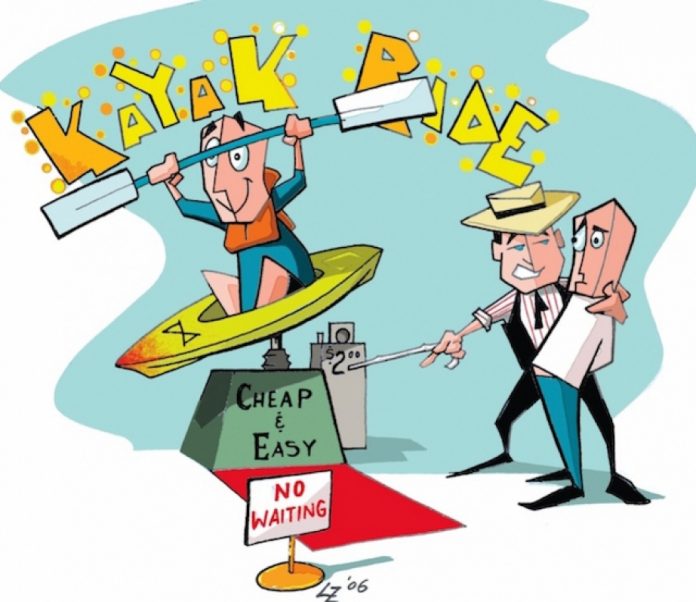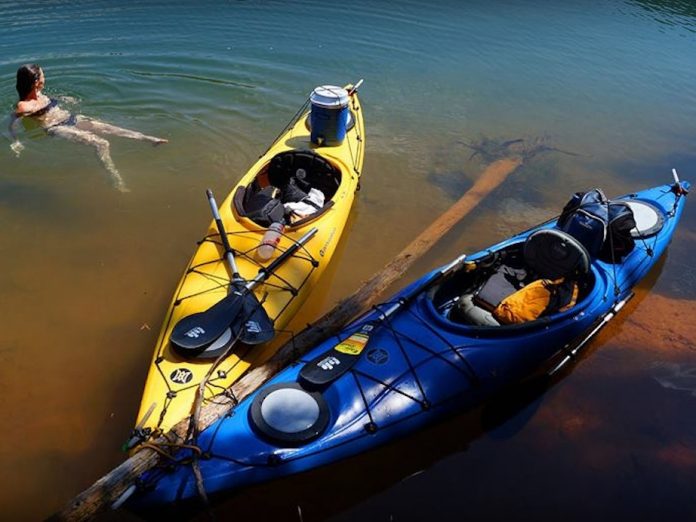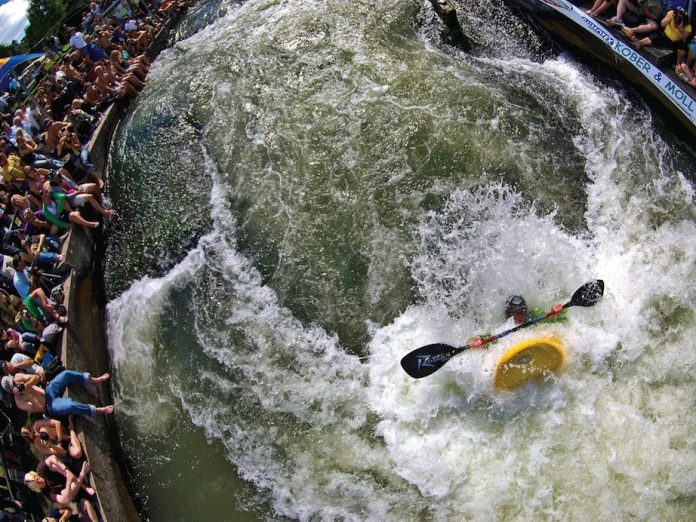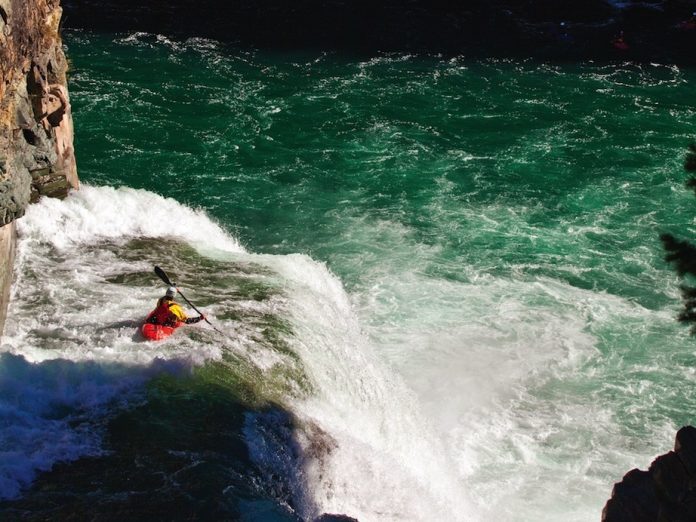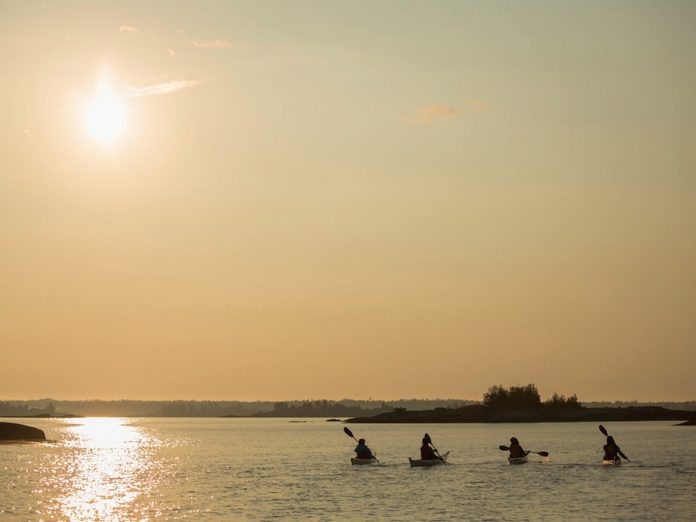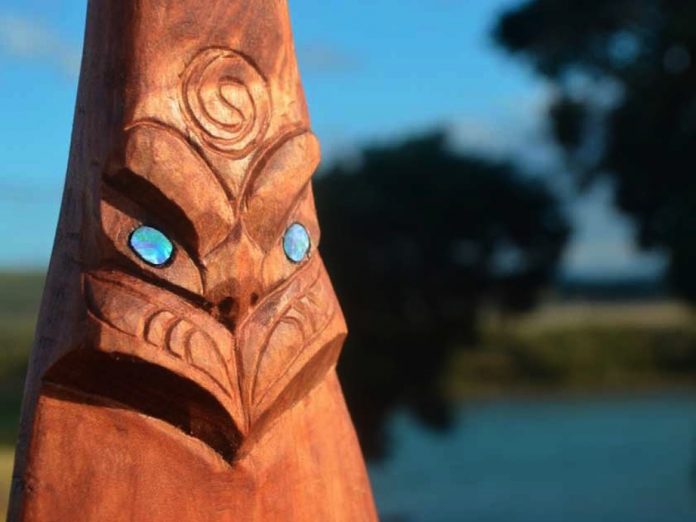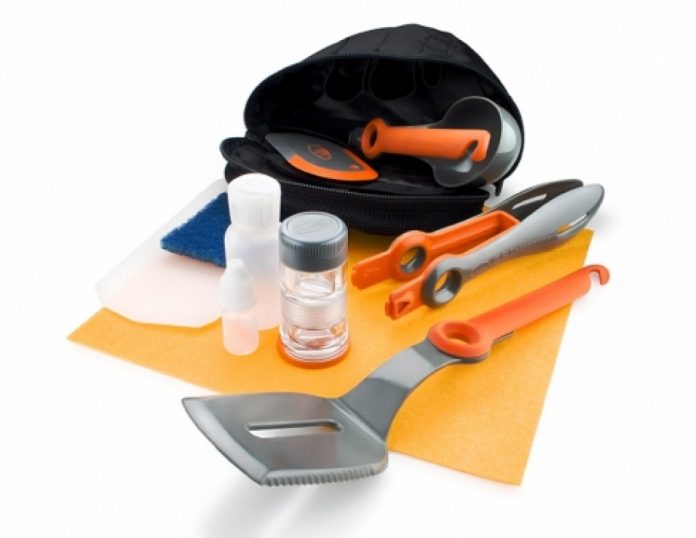These days sea kayaking in North America is in danger of being dumbed down by the emphasis on selling the largest number of cheap boats to the largest number of people. Some big companies have discovered that the money is in beach-toy “rec boats” rather than the more complex sea kayak. And sea kayaking is the loser.
Sea kayaking has been around in North America for about 100 years, but it was not until enthusiast paddlers got their business acts together in the late ’70s and early ’80s that it emerged from the clubs and became an industry profitable enough to employ people. The result was a dramatic increase in the quality and availability (and price) of kayaks and kayak accessories. There was a flourishing of books and magazines that spread the word and raised the level of the information pool—sea kayaking is after all an information-based activity.
During the ’90s some of the most successful companies were bought out by large corporations that attempted to manufacture and market kayaks like they were plastic garbage cans—cheap and nasty little boats with a minimum of finicky features such as bulkheads, hatches and deck lines. At first the specialty kayak retailers welcomed these rec boats, believing that it would be good to get more “bums in boats” and everything would grow from there.
But that has not happened.
Instead, many customers are being diverted into dead end boats unsuitable for more than mucking about off the beach. They do not learn about the sea or how to self rescue; they don’t do courses or buy the accessories which are a big part of the specialty retailer’s business. Meanwhile, the production and sale of well-made sea kayaks has fallen, and specialty stores are feeling the pressure from discount no-service sporting goods stores and big box stores.
What to do? We can learn something from the experience of paddlers on the other side of that big kayaking pond. The Japanese went about sea kayaking from quite a different direction. They started with the large corporations whose executives identified kayaking as the new trend in North America during the late ’80s. Companies whose real business was steel or carpets raced to buy up all the spare production they could find around the world. Glossy catalogues displayed pages of sea kayaks and department stores carried some of the best boats available.
Pretty soon the bubble burst in Japan and, disillusioned by the lack of profitability and the slow penetration of the activity into the general population, most of the big players got out of sea kayaking as fast as they got into it. During those initial years, however, some very determined paddlers got into the sport. A small number of specialty stores sprang up. When the boom faded away, they were there to pick up the pieces and nurture sea kayaking in much the same way that it grew in North America during the ’80s.
On a recent trip to Japan, I saw many causes for optimism. First, there was not a rec boat to be seen. There was a hunger for knowledge, particularly the details of seamanship. Many of the local paddlers had long international kayak trips to their credit and many were highly skilled. Small specialty stores offer lessons and tours to beginners. Local manufacturers are producing boats suited to the need of the customers. Sea kayaking in Japan has been reclaimed from big business by the kayakers and the future looks bright. In North America, we could take a lesson from the Japanese to get sea kayaking back on course. The best way to do this is to support full-service specialty stores since these are the resource centres for training the next generation of paddlers. Another way is to encourage our friends who show an interest in sea kayaking to pay the extra money to get a seaworthy kayak, then learn the seamanship skills relevant to the trips they dream of.
I’m not suggesting that there is no place for rec boats, only that this is a different activity entirely. Sea kayaking is based upon knowledge and the seaworthiness of both our skills and our equipment.
John Dowd is one of the founders of the sea kayaking industry and the author of the book Sea Kayaking.
This article originally appeared in Adventure Kayak, Fall 2006. Download our free iPad/iPhone/iPod Touch App or Android App or read it here.



